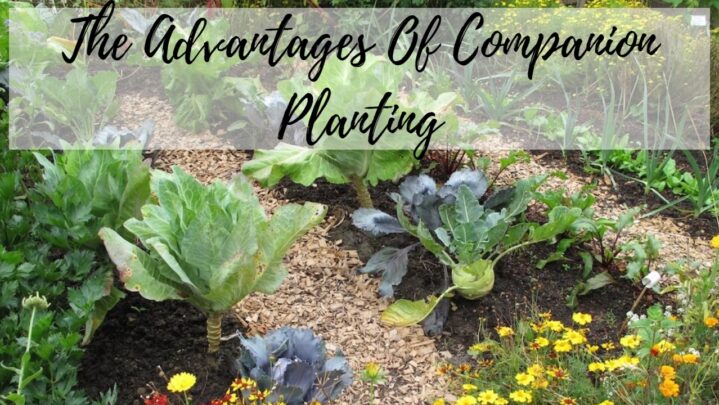For starters, companion planting aids in the natural management of pests. Gardeners may lessen their reliance on toxic chemicals and pesticides by cultivating plants that are proven to repel pests. Marigolds, for example, produce a chemical that repels worms, but basil is supposed to repel whiteflies and mosquitoes.
Companion planting also has the potential to boost soil health. Certain plant combinations can assist to contribute nutrients to the soil, improve bacterial balance, and boost soil water-holding capacity. Beans and peas, for example, fix nitrogen in the soil, making it available to other plants.
Furthermore, companion planting can boost crop output. Gardeners may maximize the use of space and resources such as light, water, and nutrients by planting plants with complimentary growth tendencies adjacent to each other. Tall plants, such as tomatoes, may coexist with shorter plants, such as lettuce, allowing both to thrive without fighting for resources.
Finally, companion planting can supply helpful insects and animals with shelter and food. Gardeners may attract pollinators, predators, and other helpful insects that can help manage pests and encourage healthy plant development by incorporating plants that generate nectar, pollen, or seeds.
Finally, companion planting is a simple and efficient technique to improve a garden’s health and output. Gardeners may decrease the need for pesticides, enhance soil health, boost yields, and attract beneficial insects and animals by leveraging the benefits of various plant types.





